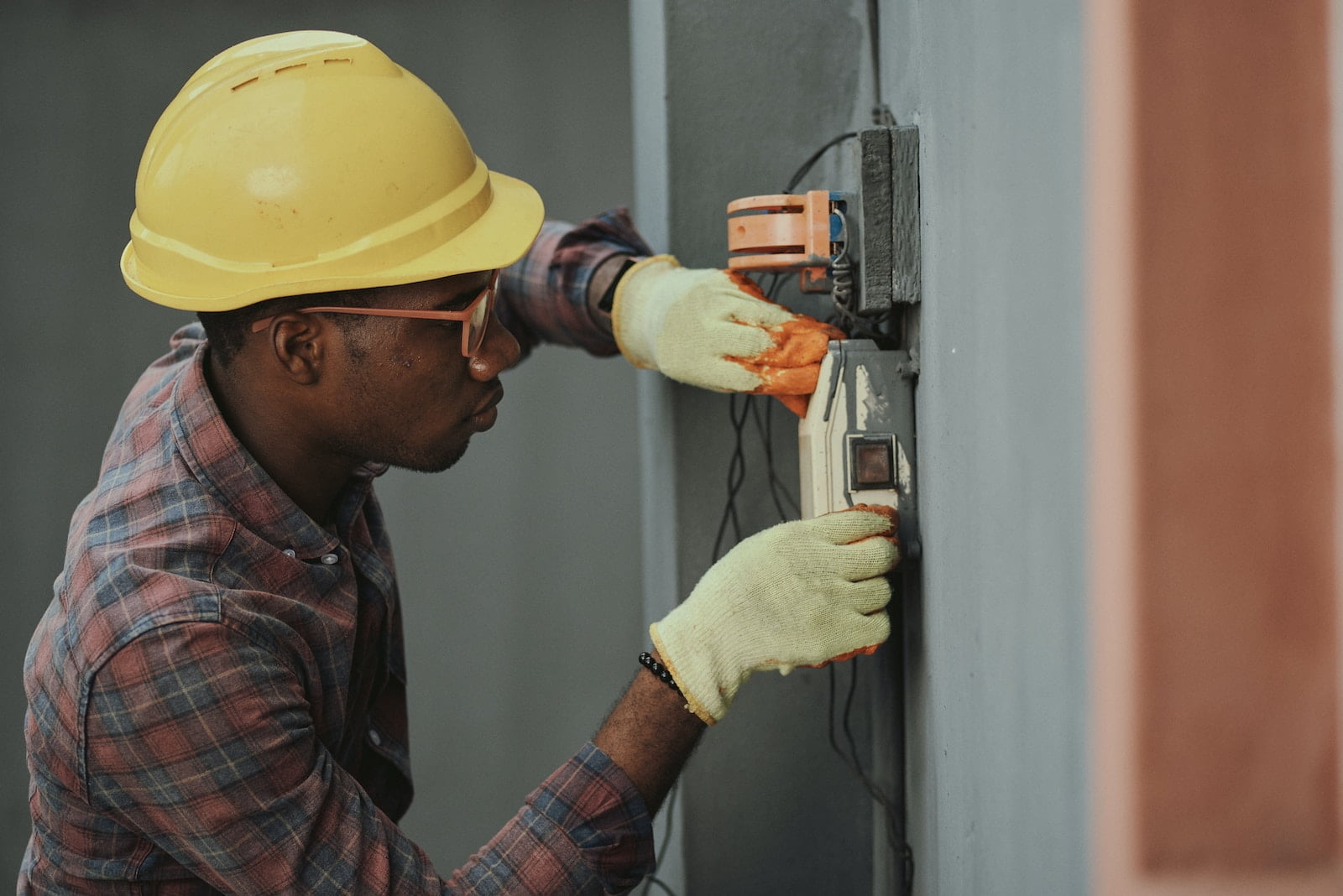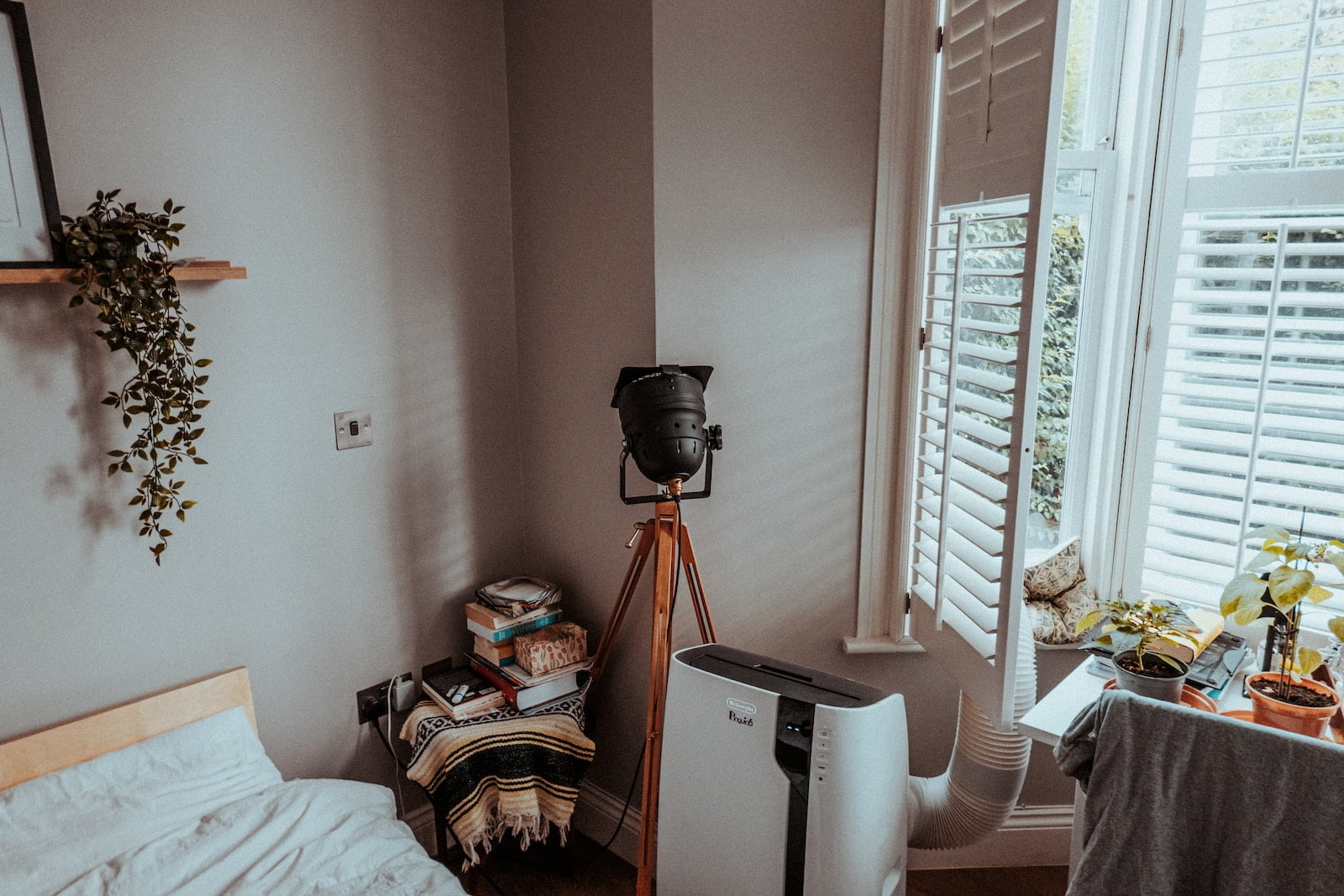Why You Need an Air Quality Test for Your Home
Air quality testing is an essential aspect of home safety and health that is often overlooked. Poor indoor air quality can have a significant impact on our health, causing respiratory problems, allergies, and other health issues. It is crucial to understand the importance of air quality testing and how it can benefit our overall well-being. In this article, we will discuss the reasons why air quality testing is essential and how it can help us maintain a healthy and safe living environment.
Firstly, it is essential to understand that indoor air quality can be more polluted than outdoor air. This is due to the accumulation of pollutants such as dust, mold, and chemicals from cleaning products, paints, and other household items. These pollutants can cause a range of health issues, including headaches, dizziness, and fatigue. Therefore, it is crucial to identify and eliminate these pollutants to maintain a healthy living environment.
Secondly, air quality testing can help identify potential health hazards in our homes. By testing for pollutants such as radon, carbon monoxide, and asbestos, we can detect any potential health risks and take the necessary steps to eliminate them. This can prevent serious health issues and even save lives.
In conclusion, air quality testing is a vital aspect of home safety and health. It can help us maintain a healthy and safe living environment by identifying and eliminating pollutants that can cause health issues. By investing in air quality testing, we can ensure that our homes are a safe and healthy place to live.
Carbon Monoxide
Carbon monoxide (CO) is a colorless, odorless gas that is produced by fuel-burning appliances such as gas stoves, furnaces, and water heaters. When inhaled, CO binds to hemoglobin in the blood, reducing the amount of oxygen that can be carried to the body’s tissues. Exposure to high levels of CO can cause headaches, dizziness, nausea, confusion, and even death. Long-term exposure to low levels of CO can cause neurological damage and increase the risk of heart disease. To prevent CO poisoning, it is important to ensure that fuel-burning appliances are properly installed, vented, and maintained, and to install CO detectors in your home.
Factors That Contribute to Poor Indoor Air Quality
In addition to the factors mentioned above, there are several other things that can contribute to poor indoor air quality. One of the most common culprits is smoking. Cigarette smoke contains over 4,000 chemicals, many of which are known to be harmful to human health. Secondhand smoke can also be a problem, especially for children and people with respiratory issues. Another factor is inadequate ventilation. When there isn’t enough fresh air circulating through a building, pollutants can build up and cause health problems. This is particularly common in newer, energy-efficient buildings that are designed to be airtight. Finally, certain types of furniture and building materials can emit harmful chemicals into the air. For example, some types of carpeting and flooring contain volatile organic compounds (VOCs) that can cause respiratory problems and other health issues.
Improved Health and Comfort
One of the main benefits of air quality testing is the early detection of potential health hazards. Indoor air pollution can cause a wide range of health problems, from respiratory issues to headaches and fatigue. By identifying and addressing the sources of indoor air pollution, air quality testing can help prevent these health problems and improve overall indoor air quality. Additionally, improved indoor air quality can lead to a more comfortable living or working environment, with fewer odors, allergens, and irritants present in the air. This can lead to increased productivity, better sleep, and a generally healthier and happier lifestyle.
Conclusion: Steps to Take After Receiving Air Quality Test Results
After receiving the results of your air quality test, it is important to take immediate action to improve the air quality in your home or workplace. The first step is to identify the source of the problem, whether it be mold, dust, or other pollutants. Once the source has been identified, it is crucial to take the necessary steps to address it.
If the air quality test results show high levels of pollutants, such as mold or asbestos, it may be necessary to hire a professional to remove them. In some cases, this may require significant renovations or repairs to your home or workplace. It is important to work with a qualified professional to ensure that the job is done safely and effectively.
Another important step to take after receiving air quality test results is to implement air filtration systems. These systems can help to remove pollutants from the air, improving the overall air quality. There are a variety of air filtration systems available, ranging from portable units to whole-house systems. It is important to choose a system that is appropriate for your specific needs and budget.
In conclusion, receiving the results of an air quality test can be concerning, but it is important to take immediate action to address any issues that are identified. By identifying the source of the problem, making necessary repairs or renovations, and implementing air filtration systems, you can improve the air quality in your home or workplace, ensuring the health and safety of those who live or work there.






